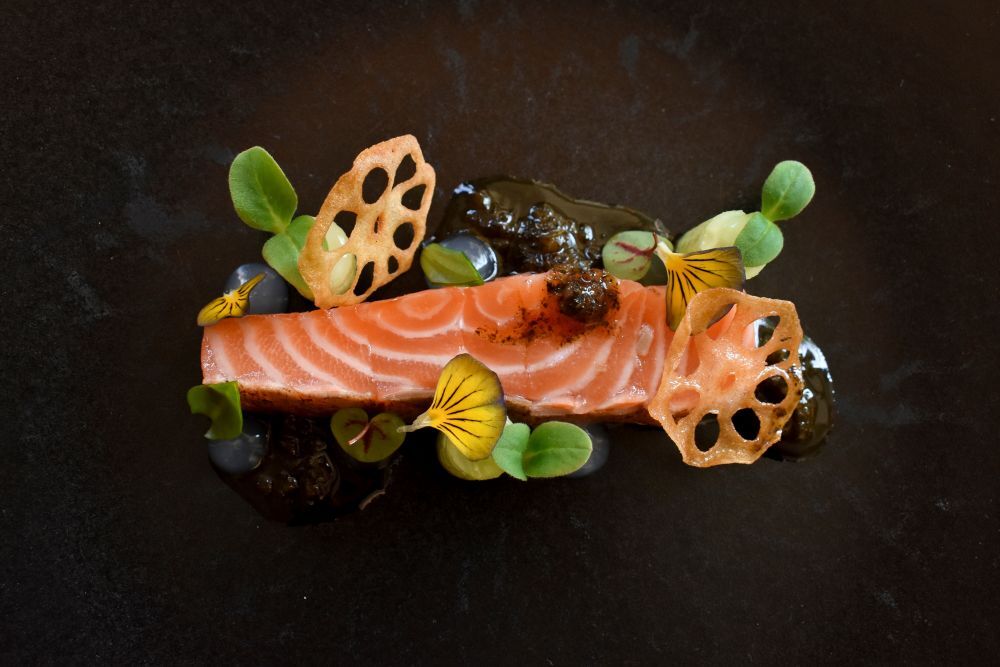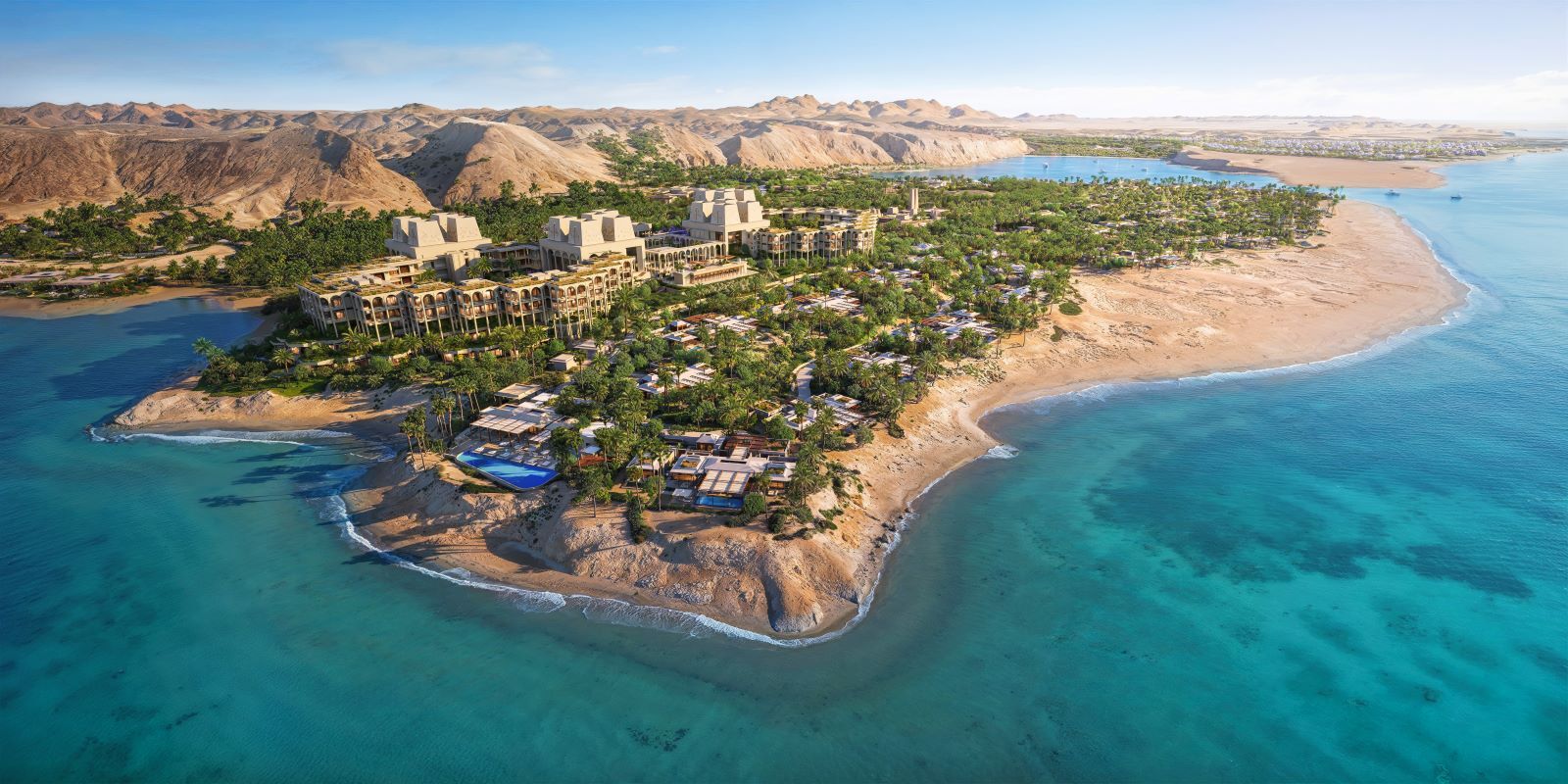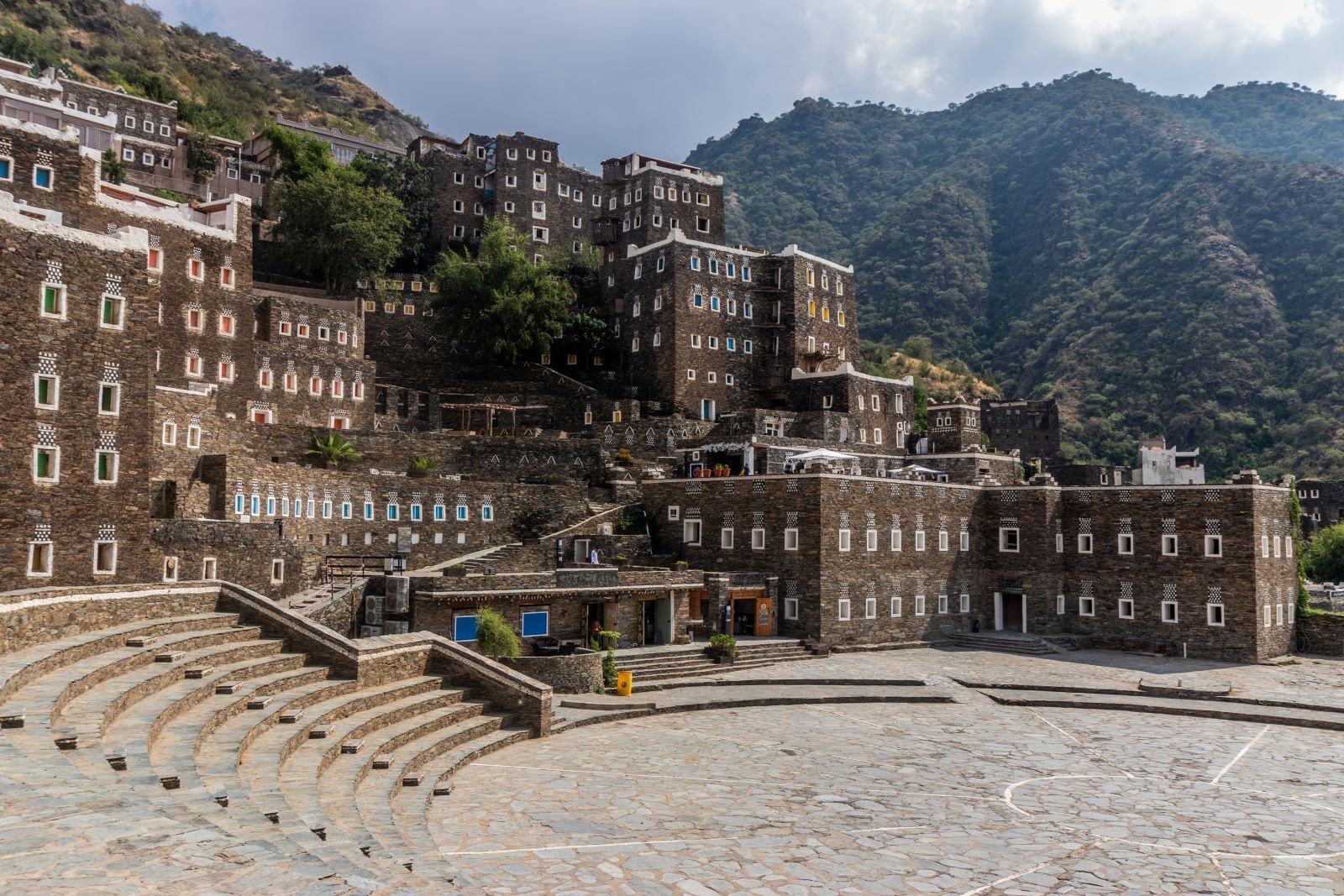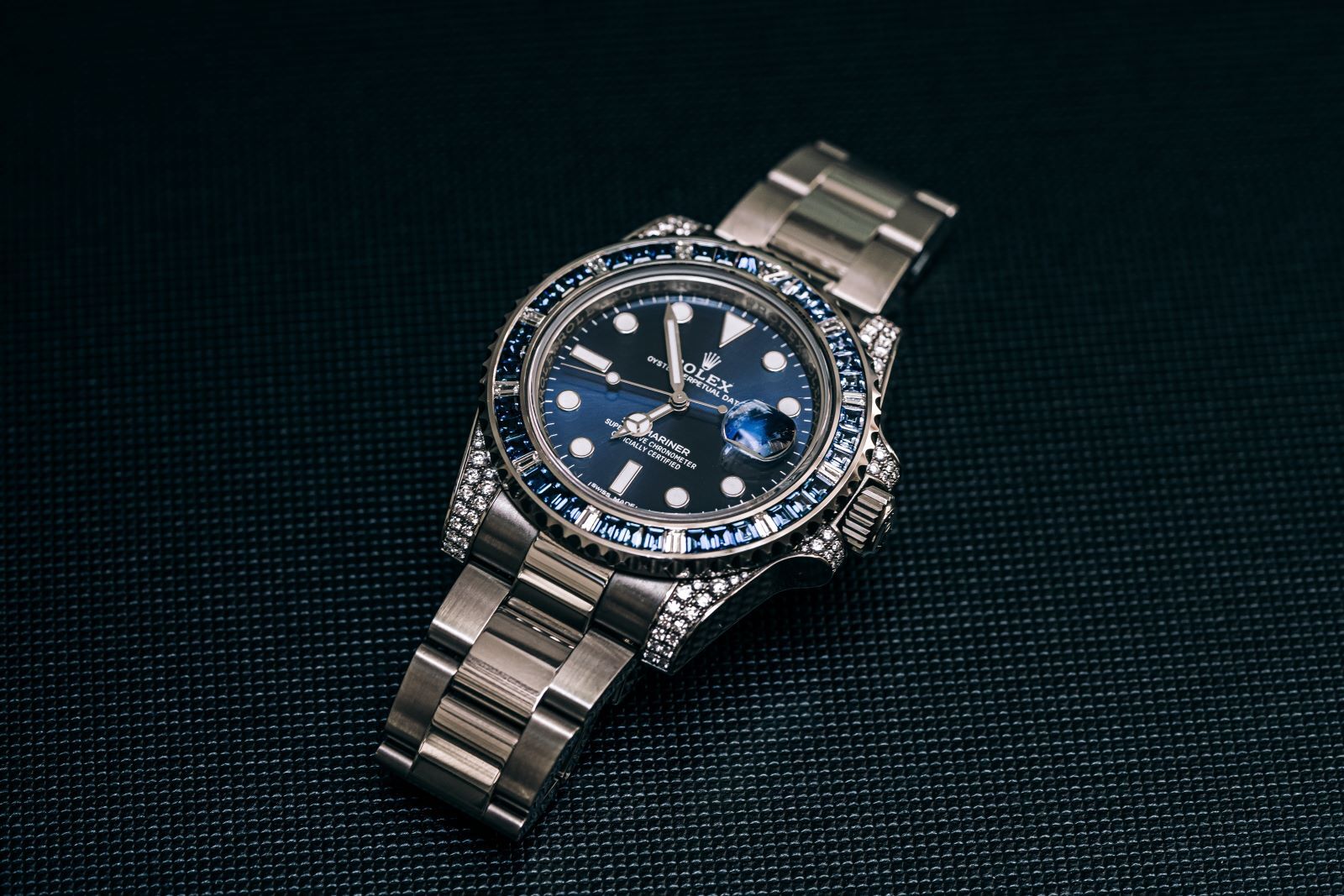A Hidden Horizon – Ummahat Island Hotels
At the heart of Saudi Arabia’s Red Sea archipelago lie two small white-sand islets: the sublime Ummahat Islands. Set just off the coast of Tabuk, Ummahat forms part of a broader chain of coral-fringed atolls recently developed by Red Sea Global – a pioneer in regenerative tourism. A vision of unspoiled island paradise, the waters here are some of the most biodiverse on Earth, home to over 300 species of coral and more than 1,200 species of fish, from reef sharks and manta rays to hawksbill turtles, spinner dolphins, and the elusive dugong.
On land, migratory birds find sanctuary in the mangroves and tidal flats, and the beaches remain almost entirely untouched. There are no roads or breakwaters, either – just a few sun-bleached paths winding inland from the shore.
Ummahat is home to just two exclusive resorts: The St. Regis Red Sea and Nujuma, a Ritz-Carlton Reserve. Both are designed to work in harmony with the land, drawing on renewable energy, marine conservation, and low-impact architecture. Below, we take a closer look at the hotels on this secluded, paradisiacal stretch of Saudi sand.

The St. Regis Red Sea Resort
Described by Condé Nast as a true “game-changer,” The St. Regis Red Sea Resort was the second property to open in the Red Sea, following the Six Senses Southern Dunes in late 2023. Set on the smaller of Ummahat’s two islets, the resort unfolds across 90 overwater and beachfront villas – an organic, sea-bound enclave imagined by Japanese architect Kengo Kuma. Architecturally, the resort takes inspiration from the landscape itself, with elegant sloping roofs that echo the contours of seashells and sand dunes.
For thalassophiles, the most evocative stay will undoubtedly be in one of the Coral Villas. Built on stilts directly over the lagoon, these circular sanctuaries frame uninterrupted views across Al Wajh Bay. Spacious and sun-drenched, the villas feature rustic interiors, al fresco dining areas, and wide sundecks with a private pool at the water’s edge. Most commanding though, are the views: at the touch of a button, curtains draw back to reveal a pure blue expanse.
On the beach, the Dune Villas offer a more grounded experience, nestled in native shrubbery and closer to the heart of the resort. These too come with captivating sea views and private plunge pools, in addition to spa-like soaking tubs.
There are four on-site restaurants at The St. Regis Red Sea Resort, including a Japanese omakase, a beach grill, and a poolside alcohol-free bar. Tilina, the resort’s signature restaurant, is perched above the reef and serves a refined, seafood-focused menu that draws on local coastal ingredients. For something more personal, in-villa dining extends far beyond standard room service – guests can opt for fully customised menus and a private chef experience.
Everything here orbits around outdoor connection. Mornings might begin with reef snorkelling or a slow paddleboard circuit around the lagoon; later, it might be e-biking across the island or settling into the St. Regis Spa for a massage (the Celebration Ritual is a standout here: a three-hour body polish and choreographed massage inspired by ballet).
The St. Regis Red Sea Resort is reached by a 25-minute amphibious seaplane from Red Sea International Airport, or a 45-minute transfer by speedboat. Most arrivals are quiet, unfussy and screen-free – which is exactly the point.
Nujuma, a Ritz Carlton Reserve
Founded at the height of the Jazz Age – 1927 – the Ritz-Carlton leads with a charming motto: “We are ladies and gentlemen serving ladies and gentlemen.” This historic hospitality brand has longstanding ties to high society: Coco Chanel famously lived at its Paris flagship for decades, and it was once a favourite of King Edward VIII. Now on Ummahat, Nujuma, a Ritz-Carlton Reserve is worlds away from the polished lobbies of Manhattan or Mayfair, but it delivers the same height of hospitality, distilled into something raw and elemental. It’s the sixth Reserve property in the world and the first in the Middle East.
The resort is made up of 63 solar-powered villas, 20 of which are set in a perfect ring above the water. True to its name – nujuma means “stars” in Arabic – the retreat is rooted in the celestial and natural world. The resident astrologer, Habib Bafeil, honours ancient Bedouin tradition with guided stargazing sessions on the beach, while American marine naturalist Sean Laughlin leads explorations through the surrounding mangroves, home to hawksbill turtle nests and blue fantail rays. The Red Sea reveals itself in deeper detail at Galaxea, the resort’s dedicated dive and snorkelling centre. More than 165 reef-fish species inhabit these waters, and sightings of dolphins and manta rays are not uncommon on expeditions.
Back on land, the Neyrah Spa offers everything from mud rituals to lunar yoga. Dining is equally transportive, spanning Saudi seafood fine-dining at Tabrah, Levantine-style comfort dishes at Sita, and relaxed wood-fired meals by the beach at Jamaa. While the resort is alcohol-free, the mocktails are surprisingly sophisticated, often incorporating infused ice, preserved fruits, and local spices.
The resort opened in May 2024 and is accessible by speedboat or amphibious seaplane.
Final Thoughts – A Triumph of Regenerative Development
What makes Ummahat unique isn’t just its setting – extraordinary though it is – but its intent. With a conservation-first mandate, just a quarter of the Red Sea’s 90 islands will be developed, protecting the integrity of the ecosystem for years to come. From solar-powered villas to strict no-fly zones for migratory birds, every decision here serves the land first. The result is a kind of stillness that feels entirely unforced, and in an era of hyper-accessibility, it’s a reminder that not everything beautiful must be made more available. With nearby Shura Island and Amaala set to expand the region’s regenerative hospitality landscape over the coming years, Ummahat will likely remain its quiet heart – measured and meaningfully remote.



